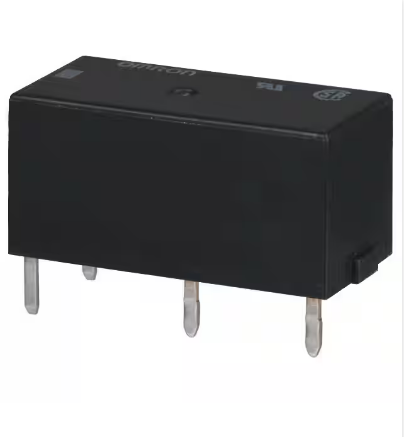Relays are an essential component in many electrical and electronic systems, serving as switches that control the flow of current. They are used in a wide range of applications, from industrial machinery to automotive systems and household appliances. In this blog, we will delve into the workings of circuit relays, explore the different types of relay contacts, and understand the role of signal relays in electronic circuits.
How Relay Works
At its core, a relay is an electromechanical switch that is operated by an electrical signal. It consists of a coil, an armature, and one or more sets of contacts. When a current is passed through the coil, it generates a magnetic field that attracts the armature, causing the contacts to close or open, depending on the type of relay.
Relay contacts are the terminals within the relay that make or break the electrical circuit. There are two main types of relay contacts: normally open (NO) and normally closed (NC). In a normally open relay, the contacts are open when the relay is not energized, and they close when the coil is energized. Conversely, in a normally closed relay, the contacts are closed when the relay is not energized, and they open when the coil is energized.
The choice between normally open and normally closed contacts depends on the specific application and the desired behavior of the circuit. For instance, in a safety-critical system, a normally closed relay may be used to ensure that the circuit is closed by default, and it opens only when the relay is energized. On the other hand, a normally open relay may be employed in a control system where the circuit needs to be closed when the relay is energized.
Signal Relays
Signal relays are a specialized type of relay designed for low-power and low-current applications, typically in electronic circuits. They are commonly used in telecommunications, instrumentation, and control systems where precise switching of signals is required. Signal relays are characterized by their compact size, fast switching speed, and high reliability.
One of the key features of signal relays is their ability to handle small signals with minimal distortion or loss. This makes them ideal for applications where the integrity of the signal is crucial, such as in audio amplifiers, data acquisition systems, and test and measurement equipment. Signal relays are available in various configurations, including single-pole, double-throw (SPDT) and double-pole, double-throw (DPDT), to accommodate different circuit requirements.
In addition to their role in signal switching, signal relays are also used for signal isolation and impedance matching in electronic circuits. By providing a barrier between different parts of the circuit, signal relays help prevent interference and ensure the proper transmission of signals. This is particularly important in high-frequency and high-precision applications where even small disturbances can have a significant impact on the performance of the system.

Conclusion
Circuit relays, relay contacts, and signal relays play vital roles in the operation of electrical and electronic systems. Understanding how relays work and the different types of relay contacts can help engineers and designers select the most suitable relay for a given application. Similarly, recognizing the unique characteristics of signal relays and their importance in signal switching and isolation is essential for ensuring the reliability and performance of electronic circuits.
As technology continues to advance, the demand for more sophisticated and specialized relays will only grow. Whether it's for controlling high-power loads in industrial settings or managing delicate signals in electronic devices, relays will remain an indispensable part of the modern world. By staying informed about the latest developments in relay technology and understanding their applications, engineers and enthusiasts can continue to harness the power of relays to drive innovation and progress in the field of electronics.
